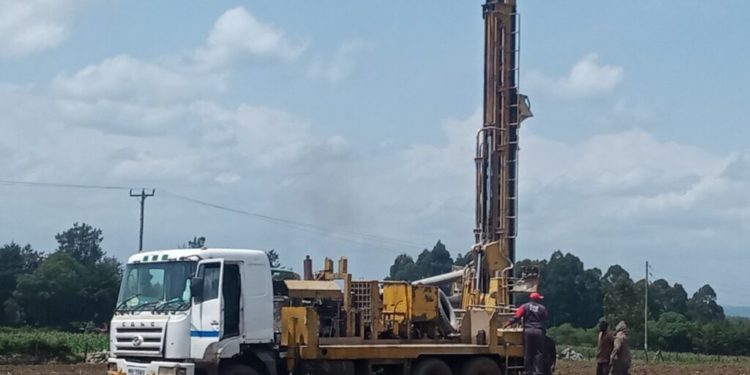A borehole is a narrow vertical shaft drilled into the ground to extract water from underground reserves, offering a long-term, economical water source for large communities. Major residential developments often utilize boreholes to supplement water supplied by other providers. The process begins with a hydrogeological survey to determine the optimal location based on soil strata and water volume.
Drilling the shaft follows, with casings installed to prevent collapse and protect the pump pipe. A submersible pump is then installed to bring water to the surface. The extracted water is chlorinated to ensure it is safe for consumption before being stored and distributed to housing units.
Boreholes offer several benefits, including a reliable water supply, especially in areas with inconsistent municipal water services. They reduce dependency on external water sources and can lower long-term water costs for residents. Moreover, boreholes can significantly contribute to sustainable water management practices by providing an alternative water source during droughts or water shortages.
However, there are also challenges associated with borehole use. The initial drilling and installation costs can be high, and ongoing maintenance is necessary to ensure the system remains functional. Regular testing is required to monitor water quality and prevent contamination.
Additionally, over-extraction from boreholes can lead to a decrease in groundwater levels, affecting the availability of water for future use and potentially causing environmental issues such as land subsidence.
Despite these challenges, boreholes remain a valuable resource for residential developments, providing a consistent and controlled water supply. Proper management and regular maintenance can mitigate many of the associated risks, making boreholes a practical solution for sustainable water sourcing. Investing in boreholes ensures that communities have access to a dependable water supply, enhancing the quality of life and resilience against water scarcity
















